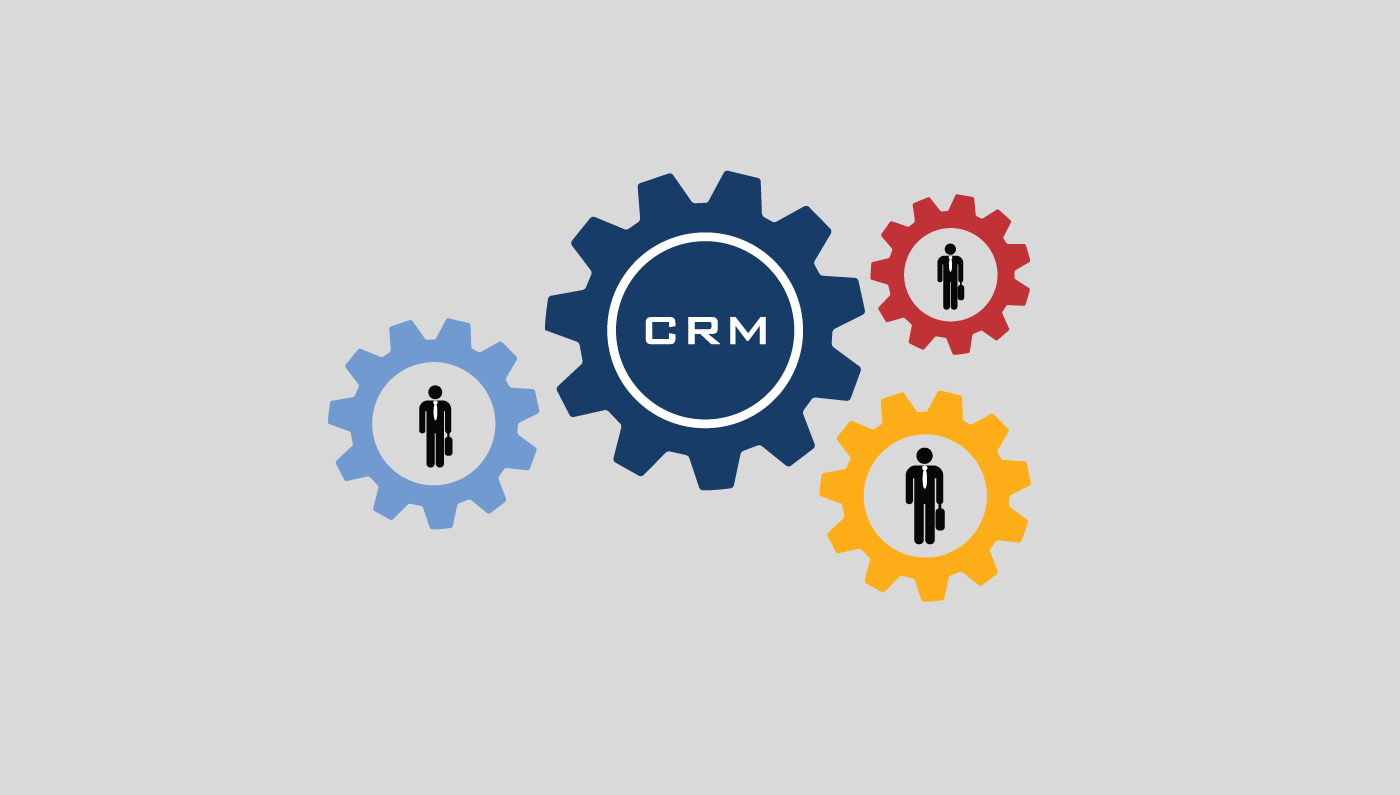CRM is a fantastic tool. However, in many instances, companies find that sales reps view any CRM system as a burden. Why?
Over the past few years, CRM’s primary use has evolved from helping sales reps improve their relationships with customers to helping senior management visualize and forecast revenue. This evolution has been unfortunate because it’s been one of appropriation rather than addition. Management needs visibility into the information pipeline, but its needs shouldn’t supersede those of the sales force. And yet, that is exactly what has happened: the purpose of the tool has shifted, and the information valued within the system has shifted, which, in turn, is causing sales forces to use their CRM systems less, resulting in a lack of CRM compliance and reduced selling time.
What can we do about it?
There are three key ways that the sales and marketing leadership can maximize the usefulness of the CRM.
1) Segment the buckets or stages by the buyer’s process rather than the seller’s process.
2) Align your existing marketing content to individual stages in the buyer’s process, and create new content to fill in gaps where your reps are getting stuck.
3) Integrate Buyer Personas and Buyer intelligence into the system.
CRM is more than capable of serving both Management and Sales effectively. It’s not an either-or proposition. So rejoice — this is one of those rare instances in business where everybody wins.

